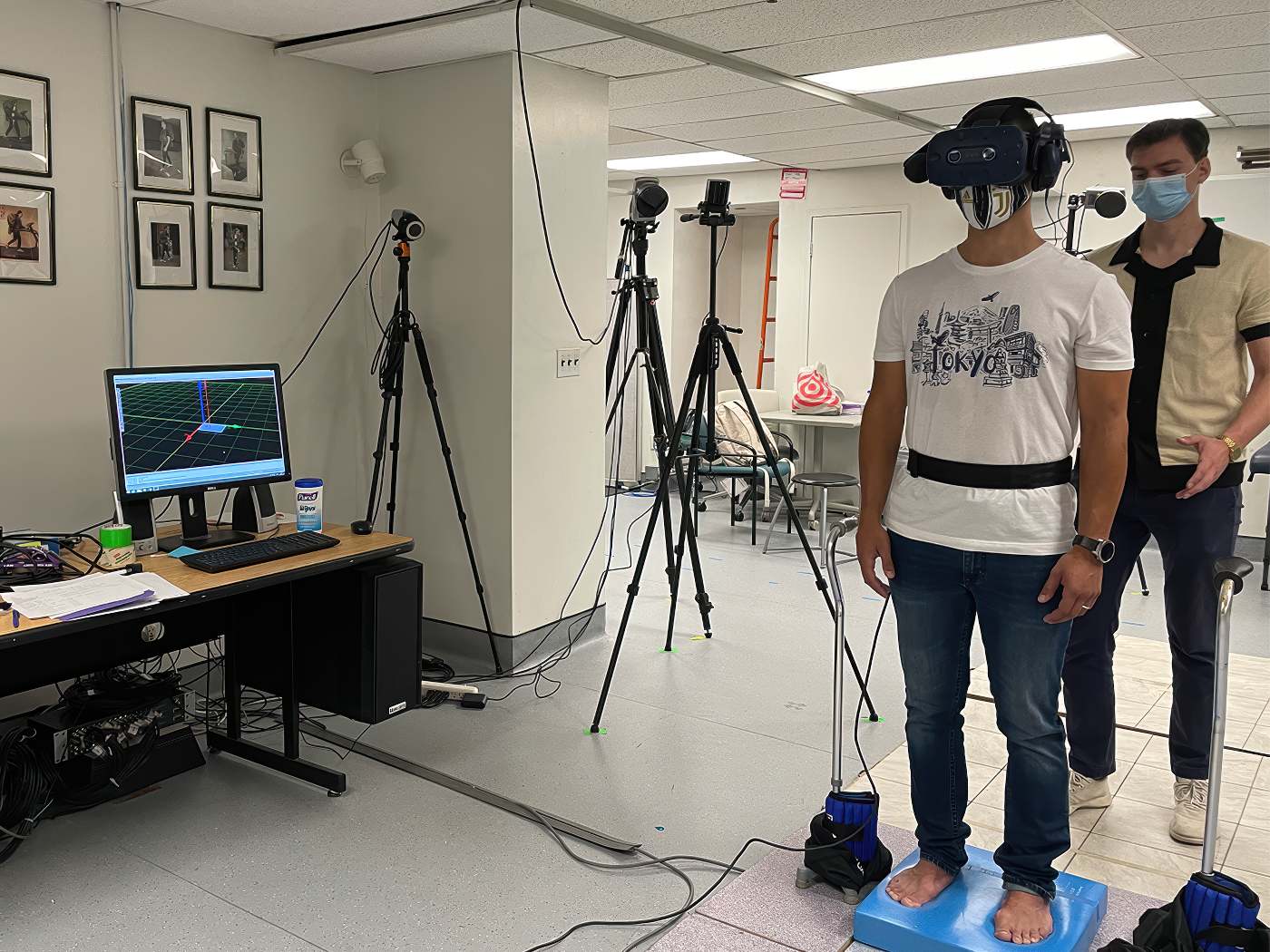A groundbreaking NYU study uncovers how sound impacts our perception of safety in urban environments.
Key Points at a Glance
- NYU researchers used VR to simulate subway experiences, studying sound’s influence on safety perceptions.
- Background noise, particularly disruptive or loud sounds, heightened feelings of unease among participants.
- More harmonious soundscapes were linked to increased comfort and perceived safety.
- The findings have implications for urban planning and public transportation design.
Our environment constantly communicates with us, often in ways we don’t consciously notice. A new study from New York University (NYU) highlights just how much sound—or noise—can affect our feelings of safety in public spaces like subway systems. Using a virtual reality (VR) setup, researchers have uncovered that the type and intensity of soundscapes play a significant role in shaping our perceptions of safety and balance.
In the study, participants were immersed in a highly realistic VR subway environment that recreated not only the sights but also the sounds of public transit. The goal? To explore how specific audio cues influence people’s emotional and physical responses to their surroundings. By using VR, the team could precisely manipulate environmental variables, including the volume and type of sound, offering a controlled way to analyze their effects.
“Sound is an often-overlooked aspect of urban design,” explains lead researcher Dr. Elena Richards. “But it’s a constant companion in city life, and its effects on perception and behavior can be profound.”
The results of the experiment were eye-opening. Loud, disruptive noises like screeching subway brakes or loud announcements significantly heightened participants’ stress levels. These sounds also made individuals more likely to report feeling unsafe, even when the visual environment appeared neutral.
Conversely, soundscapes with more harmonious tones—such as soft instrumental music or even the hum of a well-maintained train—were associated with increased feelings of comfort and safety. Participants exposed to these soundscapes reported lower stress levels and demonstrated steadier physical balance during the VR simulation.
These findings have far-reaching implications for urban planners and public transportation authorities. Noise pollution is a well-documented problem in many cities, linked to both mental and physical health issues. This study underscores that managing sound in public spaces could not only improve health outcomes but also enhance public safety and trust in transportation systems.
“We tend to focus on visual aesthetics in urban design, but sound is equally critical,” says Dr. Richards. “Thoughtful sound engineering could transform the way we experience cities.”
Beyond transportation, the study hints at larger questions about how sound impacts our everyday interactions with urban environments. From parks to shopping centers, creating intentional soundscapes could be a game-changer in designing spaces that feel welcoming and secure.
As cities grow denser and noisier, studies like this one offer a valuable blueprint for balancing functionality with the human need for comfort and safety. The next time you’re on a subway, consider how the sounds around you make you feel—and how much better the ride might be with a little more harmony.
